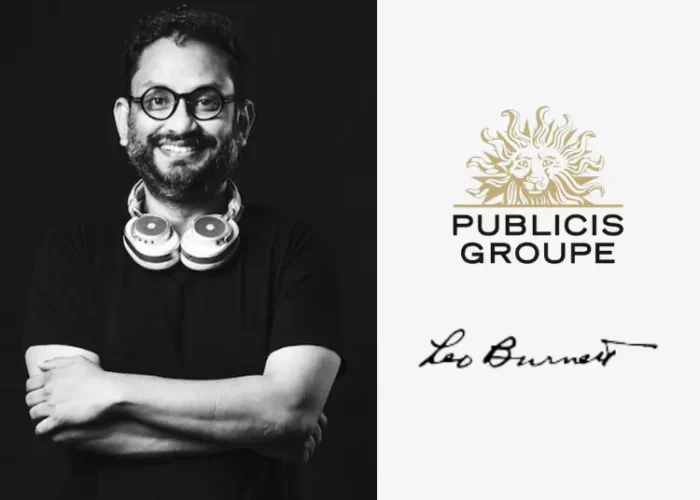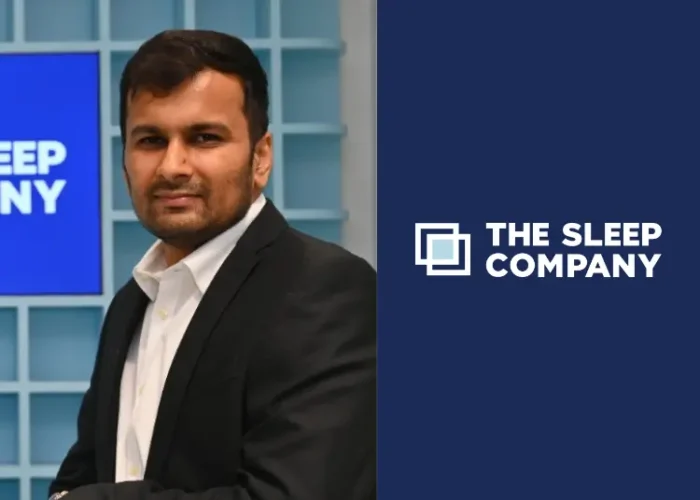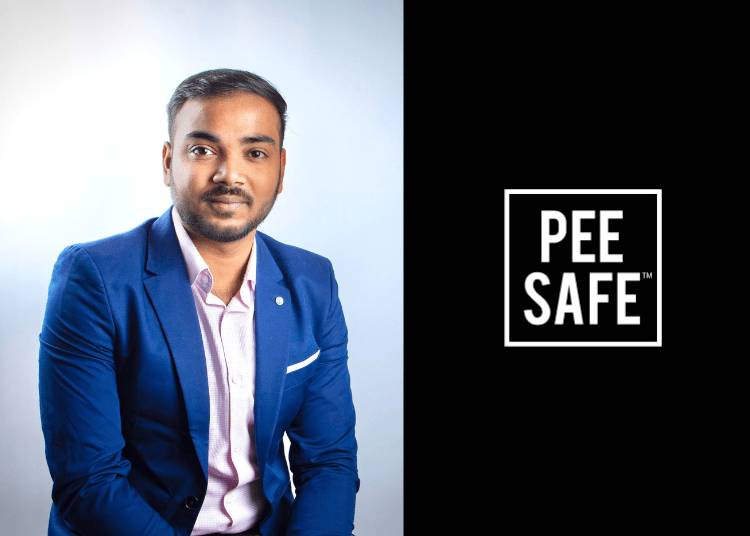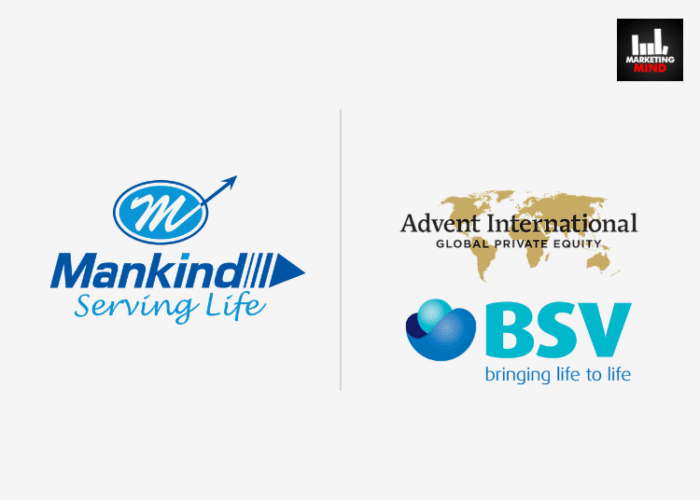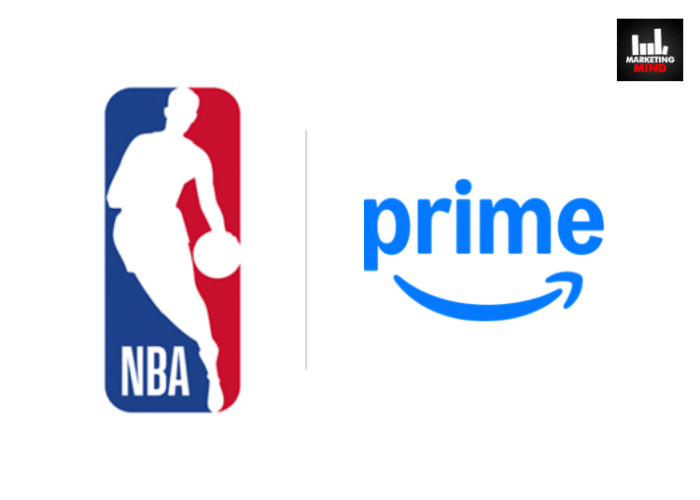Pee Safe, a hygiene and wellness brand, has witnessed a remarkable growth, surging by over 50% in FY24, Rithish Kumar, Co-founder at Pee Safe said while adding that now the brand aims to push its growth even further, with a target of growing over 60% in FY25, propelled by an expansion in both offline retail channels and quick commerce.
Kumar highlighted that Pee Safe embarked on a mission to address a persistent hygiene issue, setting its sights on aiding girls from puberty through menopause with a diverse range of products.
Now, the brand is poised for expansion, gearing up to bolster its quick commerce services and broaden its retail footprint across India.
In an exclusive conversation with Marketing Mind, Kumar delved into the driving force behind the launch of Pee Safe products. He also discussed the company’s expansion goals, highlighting the hurdles encountered along the way. He also shed light on the transition from conventional influencer marketing to narrative-driven storytelling strategies.
Furthermore, Kumar elaborated on the evolution of their podcast series, ‘Pee Room Conversations,’ offering insights into its growth and impact.
Vision behind launching Pee Safe products
“When we started off with toilet seat sanitizers, which comes under the toilet hygiene category, we aimed to tackle a problem no one had solved before. This kind of product hadn’t been made yet, even though there was a huge market for it. Moreover, it’s tough to introduce a totally new thing as it needs lots of time, money, and patience. Also, relying on just one product to build a whole company is a big challenge,” Kumar said.
“When we thought about what we were doing, we realised we were helping with hygiene, especially for women. Most of the people buying our spray were women. So, we decided to focus on feminine hygiene, and we were good at it. Our goal is to be a brand that helps girls from puberty to menopause. That’s what we want our brand message to be about,” he added.
Furthermore, Kumar emphasised that currently, they have just one product in the men’s hygiene category. This product idea stemmed from feedback from their female intimate wash users.
“We were among the pioneers globally in introducing such a product for men’s hygiene. Our product has garnered positive feedback not only in India but also in international markets like the UK, US, and Canada. In India, we rank third in the women’s intimate wash category,” he added.
While speaking about the wide array of products, Kumar highlighted that all these seven years, toilet seat sanitizer has been the highest selling product for them each year.
Pee Safe’s expansion plans
“We are expanding our retail presence significantly. Currently, we are in approximately 22,000 to 23,000 stores in India and aim to reach nearly 40,000 stores by the end of the year. This will nearly double our retail footprint within 12 to 15 months,” Kumar said.
“In addition to expanding retail operations within India, we plan to enhance our quick commerce offerings by introducing more Stock Keeping Units (SKUs). We will also include existing SKUs that haven’t yet been introduced to quick commerce,” he added.
Kumar emphasised that internationally, Pee Safe will deepen its presence in the countries where they are already established. Therefore, the primary investment focus will be on expanding its retail sector.
Furthermore, he said, “We grew more than 50% in FY24 and are looking to grow over 60% in FY25 – on the back of increasing expansion in offline retails as well as quick commerce.”
He also highlighted that Pee Safe is distinct from the usual D2C brand, as they have embraced an omnichannel approach from the start.
“Our revenue from our website is perhaps a single digit contribution to our overall revenue. Our primary sales channel is marketplaces, accounting for about 40-45% of our revenue, followed by retail, which brings in roughly 30% followed by quick commerce and our own D2C site,” he added.
Kumar stated that when it comes to performance marketing, Pee Safe prioritises the essential aspects of it.
“We do not invest heavily in Meta or Google like other brands do, because our business mainly operates on the marketplace. We have also put significant effort into building brand awareness and consideration. Our spending on bottom funnel activities and performance marketing is comparatively limited. For instance, if our total marketing budget is Rs 100, we allocate only 40% to performance marketing. In contrast, most brands typically spend about 70-80% on these areas,” he added.
Strongest markets for Pee Safe
Kumar said, “90% of our business comes from India, with additional strong presence in neighbouring countries such as Nepal, Bhutan, and Bangladesh. We’ve also established a good foothold in the Middle East, particularly in Saudi Arabia and the UAE. Moreover, we distribute our products in Europe and North America via Amazon, which has proven to be a successful channel for us.”
Pee Safe’s international business is split into two channels, the first channel focuses on retail sales in developing markets, primarily in Asia, including the subcontinent and the Middle East. The second channel involves e-commerce operations in other developed markets such as North America, Europe, UK, US, and Canada.
“Our strongest market in India is South India. The reason being literacy rates are higher there. Also, there is more awareness about hygiene, especially in Kerala, Tamil Nadu and Karnataka. Nonetheless, our business in North India is also experiencing significant growth,” he stated.
Furthermore, he emphasised that in the bustling Indian wellness market filled with international brands, Pee Safe stands out by being made in India. Moreover, it sets itself apart by prioritising providing the right quality and value for its consumers.
“Another notable difference lies in the marketing approach of other brands, which heavily emphasises retail. In contrast, we place equal emphasis on both retail and online platforms. Our digital execution surpasses theirs significantly. Of course, they have the might to go into a larger count of retail than us and someday we will be able to carve out the right niche for us over there,” he said.
What we are seeing is that the younger audiences do not want to use incumbents and old brands from large companies and who are not from India. GenZs are moving to homegrown brands and they are able to see the value a lot better than the previous generations.
He added, “A prevailing trend is that younger audiences do not want to use incumbents and old brands from large companies who are not from India. These audiences, especially GenZ, are moving to homegrown brands and they are able to see the value a lot better than the previous generations.”
Biggest challenges while broadening the product lineup
“The biggest challenge we faced was the brand name. Many thought it might limit us to only toilet hygiene products. Despite this concern, we made a bold bet and tried the name on various products. Surprisingly, in the past, brand names often confined products to specific categories. But now that has changed in a much better way as brand names are not very restrictive now and they stand for so much more than just their names and this worked in our favour,” Kumar said.
“We also did a lot of advertising and community building in a way that we were able to position ourselves as a wellness brand across the spectrum rather than just a toilet hygiene brand. While many brands concentrated primarily on selling their products, we focused on educating and informing people about the category and our products within it,” he added.
Shift from traditional influencer marketing to conceptual story-led conversation
Kumar emphasised that Pee Safe is one of the first few brands which explored influencer marketing. They started leveraging it in 2017 when many brands perhaps did not even know what influencer marketing was.
In the past, even influencers were unaware of their potential to sway consumers and audiences into purchasing products. Today, the field has not only become highly competitive, but it is also saturated with numerous influencers and brands, leading to consumer confusion.
“We are now shifting from traditional influencer marketing, where someone simply talks about a product on screen, to a more conceptual story-led conversation,” Kumar added.
Furthermore, he went on to say, “These individuals won’t directly talk about the brand, but they will enhance the brand equity by engaging their followers in a way that resonates with our brand and our diverse product range of approximately 30 items. We are very selective about our partnerships. Unlike before, and unlike many other brands, we have scaled back on extensive influencer promotions. We are now focusing on identifying effective strategies and emphasising high-quality efforts.”
Mapping the progress of Pee Safe’s ‘Pee Room Conversations’ Podcast
“Seven years ago, we introduced the concept of ‘Pee Room Conversations’. We launched it for the first time in 2017. At that time, podcasting wasn’t very popular, so we travelled to top tier metropolitan cities, gathered well-known personalities in a room, and let them discuss a wide range of topics,” Kumar said.
He went on to explain that the idea originated from the observation that women often engage in extended conversations in restrooms, discussing a wide range of topics, from light-hearted gossip to matters such as health or government efforts towards their well-being. The concept was to bring these discussions into the public sphere by creating a podcast series, which was successfully implemented long back.
“We have launched season two of ‘Pee Room Conversations’ now. This season, the format has changed slightly, we now have only two or three people in each episode, compared to the seven or eight participants we had before. The primary goal is to foster a sense of community and deepen our engagement with listeners. While we won’t be focusing heavily on the brand, there may be some subtle mentions. Ultimately, our aim is to build credibility and trust with our audience,” he added.


